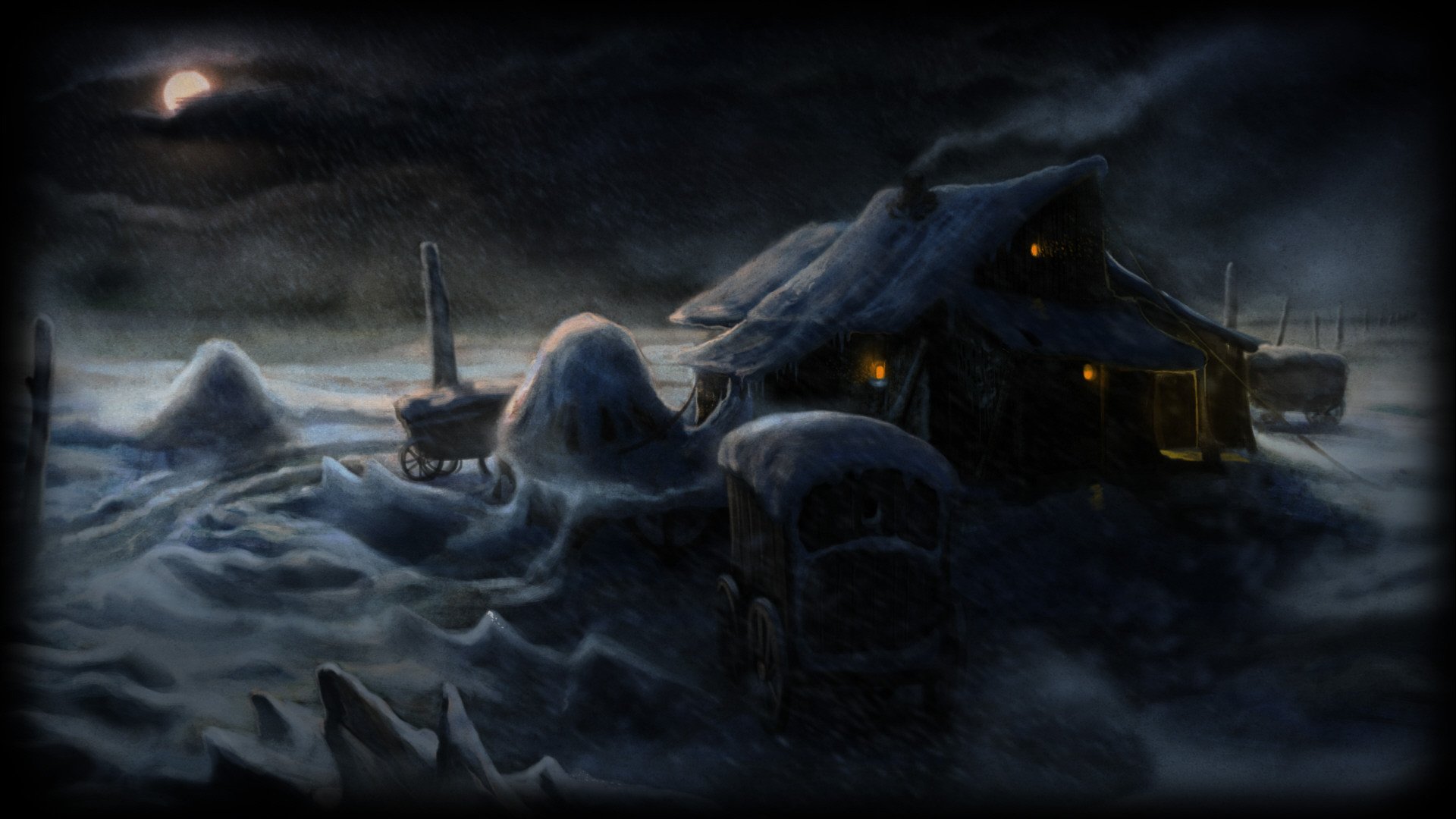

The way BioWare embraced that player decision created a permanence in the Mass Effect world that really doesn't exist elsewhere in gaming.īut Mass Effect's critical moments fall victim to one of interactive storytelling's most common problems, laid out in The Art of Game Design: "time travel makes tragedy obsolete." Schell writes: I don't live in the same state, or have the same job, or even play on the same platform I once did, but Kaidan Alenko is still dead. A choice I made as a sophomore in college still affects me now, four years later. By importing my Shepard, I intentionally shut off access to a squad member, his unique dialogue and role in the game's plot. Evoking such a strong reaction-even a negative one-makes Kaidan an unusually memorable cog in the complex machine of Mass Effect's narrative, considering I spent less than thirty minutes interacting with him.īioWare facilitated my hatred for Kaidan by letting me kill him, and that decision has a huge impact on Mass Effect 3. And Kaidan's voice fits his character perfectly, which is why I really can't stand him. Noire have built on with extensive motion capture.
#Tvtroeps merchants of kaidan series#
Mass Effect often suffers from stiff or wonky animation, but the series sets a high bar for interactive dialogue and voice acting, which games like L.A.

BioWare nailed one of the key aspects of character development laid out in Jesse Schell's The Art of Game Design: using the power of the voice.Īs Schell writes, "the voice acting in games seems primitive compared to the powerful performances in film.Because the process of game development is so volatile, it is expensive to create characters around their voices." Ironically, good characterization is what makes me hate Kaidan.

He has a complex backstory and traits that cast him as the most virtuous of the Normandy's crew (much like KotOR's Carth Onasi). Kaidan, on the other hand, fits the definition of a well-developed character. Video game characters usually earn my scorn through shoddy storytelling or dialogue: I can't stand the legions of Japanese characters like Final Fantasy VIII's Squall Leonhart, who lean far too heavily on the the Japanese tsundere archetype of aloof hostility. If my trusty shotgun hadn't been equipped with sledgehammer rounds that sent even the mightiest of Krogan warlords ragdolling into walls, killing Kaidan would've easily been my fondest memory of Mass Effect.īut that doesn't make Kaidan a bad character. I left him to die, gleefully, elation triggering a reaction in my head that went something like this: "Yes yes yes yes yes yes yes yes." Actually, "sacrificed" isn't the right word. He was never promoted from Staff Lieutenant to Staff Commander because I sacrificed him on Virmire. In Jane Shepard's world, Kaidan's been dead for more than four years. While playing Mass Effect, I said to myself, "Man, I hate that guy." And BioWare responded with "You know what? That's okay." Artists and animators devoted dozens of hours to Kaidan's armor and movements and character expressions in each game. Writers at BioWare have dedicated even more time to creating that dialogue, assuring that Kaidan gets his share of unique dialogue. Think of it this way: voice actor Raphael Sbarge has dedicated several months out of the past half-decade recording dialogue for the Mass Effect trilogy. Dozens of minute decisions carry over from Mass Effect to Mass Effect 2 to Mass Effect 3-yet Kaidan dwarfs them all. The way the entire Mass Effect saga handles player choice is ultimately a greater achievement, at least from a technical perspective.


 0 kommentar(er)
0 kommentar(er)
